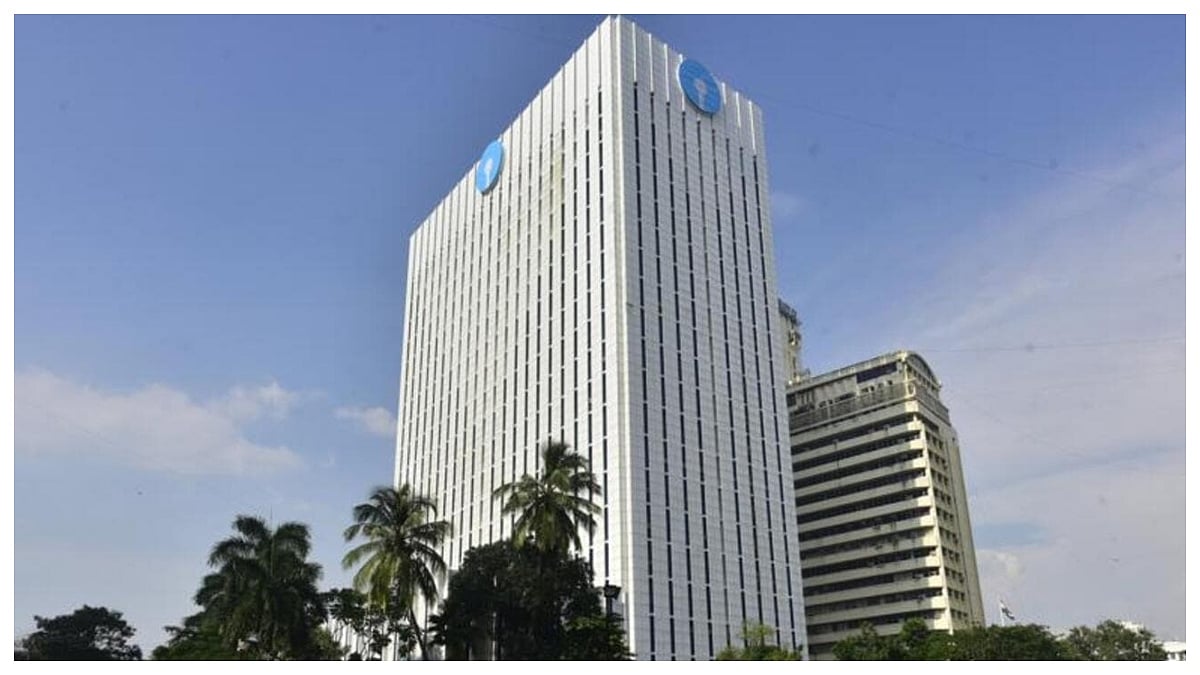Mumbai: India’s largest public sector bank, State Bank of India (SBI), reported a 12 percent rise in standalone net profit for the first quarter of the financial year 2025–26. The bank earned Rs 19,160 crore during the April-June 2025 quarter, compared to Rs 17,035 crore in the same quarter last year. The performance was driven by higher income and improved credit quality.
Total income and interest earnings see steady growth
SBI’s total income rose to Rs 1,35,342 crore in Q1 FY26, up from Rs 1,22,688 crore in Q1 FY25. A key contributor to this growth was interest earned by the bank, which climbed to Rs 1,17,996 crore in the June 2025 quarter, from Rs 1,11,526 crore in the same period a year earlier. The bank’s operating profit also increased, rising to Rs 30,544 crore from Rs 26,449 crore.

Improved asset quality helps strengthen financials
The bank’s asset quality continued to improve, with gross Non-Performing Assets (NPAs) falling to 1.83 percent of gross advances, compared to 2.21 percent in the year-ago quarter. Net NPAs also declined to 0.47 percent, down from 0.57 percent. This improvement reflects better loan recovery and credit discipline, strengthening the bank’s balance sheet.
Provisions and capital position
Despite stronger earnings, SBI’s provisions and contingencies rose to Rs 4,759 crore in the first quarter, compared to Rs 3,449 crore in the same period last year. However, the bank’s capital adequacy ratio improved to 14.63 percent, up from 13.86 percent a year ago, giving it a comfortable cushion to support future growth and manage risks.
Consolidated performance: SBI Group posts Rs 21,627 crore profit
On a consolidated basis—which includes the bank and its subsidiaries—SBI Group reported a 10 percent year-on-year growth in net profit. It reached Rs 21,627 crore in Q1 FY26, compared to Rs 19,681 crore in Q1 FY25. Total consolidated income also went up to Rs 1,66,992 crore from Rs 1,52,125 crore.
Overall outlook
SBI’s Q1 performance reflects its strong position in the banking sector, with steady income growth, better asset quality, and robust capital levels. The results signal confidence in its ability to manage economic challenges and continue expanding its footprint in retail and corporate banking.











